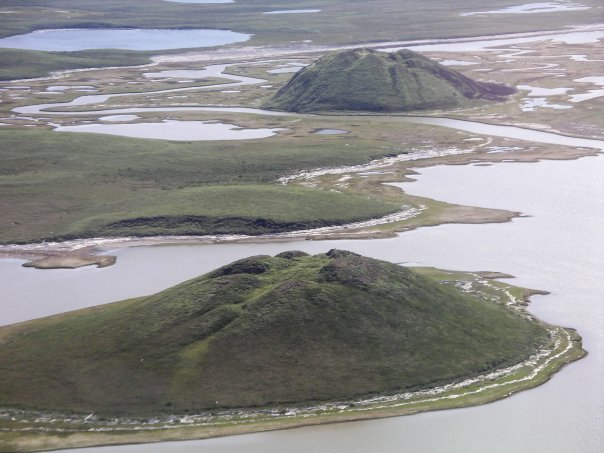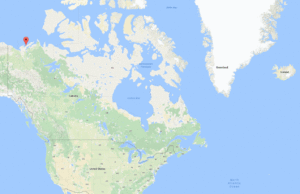The outstanding contributions of COMET UCL’s Professor Marek Ziebart to the science of space navigation, guidance and control have been recognised with a prestigious award from the US Institute of Navigation.

The Tycho Brahe Award is bestowed annually to an individual who has made a truly significant contribution to the science of spacecraft navigation and whose actions have benefited civilisation in any form.
Marek, who is Professor of Space Geodesy in the UCL Department of Civil, Environmental and Geomatic Engineering, focuses on the design of innovative navigation systems for spacecraft, including a navigation and communications system for manned and robotics missions to Mars and the moon between 2020 and 2040.
The US Institute of Navigation cited his outstanding innovation and leadership in the area of high precision, physics-based radiation force modelling for spacecraft orbit dynamics. His work has revolutionised the precision of satellite orbit modelling and led to a long running and successful collaboration with NASA Goddard Space Flight Center, where his methods have been applied to many NASA missions, including the Jason-1 satellite of the Ocean Surface Topography Mission to measure Earth’s sea levels.
Professor Ziebart said: “In receiving this award I’d like to acknowledge the help and support of my colleagues and the faculty at UCL. To me it seems that in this extraordinary institution you get smarter simply by osmosis. I feel privileged to be a part of UCL and working on research that is truly impactful and beneficial to the planet as a whole.”
The award was presented at a ceremony at the US Institute of Navigation in Washington on 31st January, 2019.



